Shots of Sound: Photographs of the Indie Revolution
Piper Ferguson's new book traces her life capturing Underworld, The Rapture, M.I.A., and others
Last month, I featured Piper Ferguson’s book Indie/Seen in my Holiday Shopping Guide. I got to know Piper while working with Coachella, as she had documented the show since its debut. She’s been inseparable from the scene she covers throughout her career—as a club promoter, fan, and advocate for indie and alternative music. I was excited to sit with her virtually and get more color on her work and story. Here’s the interview.
“The secret of getting ahead is getting started.” —Mark Twain
Photographer and director Piper Ferguson has, almost by accident, found the perfect moment to release Indie/Seen, her captivating debut book that offers a deep dive into the mesmerizing music scene she fell for. Drawing from an extensive two-decade career, Ferguson’s book is a vibrant ode to the sweat and glitz era, where guitar bands and dance music converged in a symphony of sound at bright festivals and dark speakeasies. From the Brooklyn disco of LCD Soundsystem to the Silverlake melodies of Beck, her lens has masterfully captured the spirit and essence of artists who have distinctly marked a generation. In this interview, Ferguson shares her journey, the inspiration that led to her book, and the impactful moments she’s immortalized through photography.
All photographs © Piper Ferguson
Why a book?
Piper Ferguson: I’ve wanted to do a book for many years. I am such a huge fan of photography coffee table books. There’s nothing like grabbing for that big Taschen book of Anton Corjbin or Ellen Von Unwerth, sitting down, looking through the gorgeous images, and thinking about how they curated it. I’ve attempted to do one many times, but like all passion projects I start, the inevitable happens, and I can never finish. I book jobs! Then I have to start over, and I’m a different person by the time I return to the project. I catch up to who I am now and what I want to say. It’s a really interesting process. What would have happened if I had done the book when I felt ready way back then? But now was the time for Indie/Seen to be born.
How did it come together?
The book came together when the pandemic happened, not because I suddenly had time and thought, “Now is the time for a book,” but because Pulse Films reached out about finding footage for the Meet Me In The Bathroom (the 2022 documentary on NYC’s indie culture). I was excited to share what I had for it because I had already read and loved the book of the same title by Lizzy Goodman. The book I wanted to do was originally going to be the best of my work from the past 25 years—including everyone from Tom Petty to Merle Haggard—but then my publisher wanted to call it “Indie, Seen,” so I suggested we do an all-indie music book. Laura Buller, my copy editor, and my art director, Bryn Walls, came up with the chapter ideas because I couldn’t figure it out—it was so hard for me. That’s why people need editors—to kill their darlings.
What lessons are there for other creators to follow?
I had a few conversations with Johnny Marr when I first decided to do a book. He had just done his autobiography, Set The Boy Free. He insisted I be very sure about pushing for what I wanted the book to be like, or I would regret it. Ultimately, it’s my name on it, so it has to be what I want. My publishers are awesome, and I’m super grateful for everything they did for me, but there were moments when Johnny’s advice came in handy.
“I remember having my camera bag everywhere. I would go out all night, partying in New York City as New Yorkers do, and I would open my bag the next day. My camera would be covered in poppy seed bagels and film trash.”
What was the first camera you got serious about?
I bought a medium-format 6X6 Hasselblad film camera from the 1960s. I used that for everything. Most of the images in the book were shot with that camera. The Beck cover, Richard Ashcroft, Hot Hot Heat, The Shins, Modest Mouse, The Cribs, Coldplay, Joe Strummer. I carried it around like it was an iPhone. I wasn’t ever intimidated or concerned with loading film or light meters; it was part of me. I remember having my camera bag everywhere. I would go out all night, partying in New York City as New Yorkers do, and I would open my bag the next day. My camera would be covered in poppy seed bagels and film trash. It went along for the ride, for sure!
What was the earliest shoot you were proud of?
The Merle Haggard shoot I did in 1999. I remember growing up and floating in houseboats on Lake Shasta in Redding, CA, and it was the first time I’d ever been that hot, 105 degrees. Country music was the pop music on the radio, and Merle was part of my youth. So, when I was asked to photograph him, I felt like I was on my way to being a real photographer. Of course, the Joe Strummer shoot was epic at the Chateau Marmont; it doesn’t get any better. I wish I’d been a better photographer at the time, but the photos I got are exactly what they were meant to be at that moment. I love that about art, performance on the spot with no real prep—capturing a moment at a moment’s notice.
How has your access changed over the years?
Now that you mention it, maybe I took having so much access for granted. I always felt grateful to be where I was, photographing whoever I was at the time. Still, everything also felt like more of a happening, a scene, like it was all groups of like-minded people cut from the same cloth who were all supposed to be there, loving music, being there to experience the live performances. It was incredibly fun and hard work, but being friends with the people I have worked with over the years was very organic.
What is it about indie artists and culture that attracted you?
Everyone looked different and sounded so otherworldly I wanted to get into it as much as possible. I loved everything from the UK, anything and everything; again, it all just felt like they were doing it better somehow. So when the club Popscene started in San Francisco, and UK indie music exploded with Blur, Oasis, Pulp, Suede, etc, Shalyce Benfell, my best friend, and I became obsessed! We wanted to sing along, dance, and rock out; it was so good. The style was mod, which was a scene we both came from; it was the perfect movement to rally around, so we started our club, Cafe Bleu, and created an indie space in LA for kids to dance to all the music we loved, and then it just evolved. We drew all the indie rock to us without even knowing it was happening; it just happened, very organic. Love that.
Does that energy still exist today, and in what ways?
It does! I have three stepsons, and they all play in indie bands. Henry is in high school, and he’s already played every club in Los Angeles. There is a scene happening again, and it’s amazing to watch guitar music culture exploding even though big festivals feature other styles of music. But there is room for everyone, and bands are playing more and more live shows because it’s how they make money. When I go to shows of my stepkids, the crowds go wild, dancing, pogoing, moshing, crowd surfing, it doesn’t matter what kind of music it is, they want to have fun.
With so much photography in solely the digital space these days, do you think something is getting lost?
I feel inundated with images on IG, and it’s starting to feel like, oh, another photo of something I think I’ve seen many times, and then I ask myself, why is this important? But each time, the images are unique and usually very cool and elevated; kids are so good at photography and posting now; it’s inspiring. But I do miss buying The Face or URB, Ray Gun, Select, and NME and pouring over the pages from front to back, over and over again. I looked at magazines so many times in the past and would obsess over how cool the photos were. I guess that may not happen as much, but who knows, maybe it is, and kids are returning to the same images repeatedly online.
My work with archiving is so centered on photography. How do you see the historic responsibility of photographs? What role do they serve in the public consciousness?
It’s a hard question because, yeah, photos are being generated at probably millions by the second. I was walking by a girl shooting pictures of something the other day. I visualized the photos going up to the cloud with all the other images that will be glanced at, if at all, and never be seen again, but will always remain personal memories of what was happening in their life. Photos are so much more than someone like me documenting a music scene; it’s how every person in the world documents the memoir of their life. Amazingly, the youth have that now. AI and archiving will become easy because you can describe a photo with your voice and pull it up. Understanding the past is going to become a lot easier.
What is your lens focused on these days?
Right now, I have irons in a lot of fires! I am starting a documentary soon that follows my personal story. Similar to my book, I have a narrative script I want to finish writing based on the ska music scene. My husband and I are starting an agency. I love to be creative in all visual fields. I will always take photographs, but I’m excited to begin directing narrative films because I love telling stories. I remember how I felt watching the movies that shaped me into who I am and how important they were.
Who would you love to shoot next?
Being from the Bay Area and growing up going to Gilman Street, the all-ages punk club, I’d love to shoot Green Day. I’ve always been a huge fan. I’d love to shoot Bob Dylan because he’s iconic and influential. I want to photograph Lucinda Williams; she’s an important artist to me. When I heard Car Wheels on a Gravel Road, I bought a guitar at a pawn shop and learned to play all her songs; I’m now listening to her audiobook. I’m temped to pick up that guitar again, she’s one of the best. I want to photograph Madonna. She also shaped who I am since the mid 80’s. I remember seeing her at the Shoreline Amphitheater in high school, where the Beastie Boys opened. She’s just fierce and unafraid and such a creative visionary, especially being a woman… she didn’t hold back, and that’s so inspiring to me because I want that. I could go on and on with musicians I want to photograph; maybe by putting it out here, I can manifest them. Blur, Oasis, Pulp...
What’s your view of AI? How have you integrated it or not?
I have the AI Photoshop, and it’s not there yet, but it does work well for some things. I used it a lot for the book to up-res very small jpegs I shot with the first iteration of digital cameras…I also used it to sharpen, denoise, etc. For all that, it was amazing, and it came out just in time to do my book. As far as what I think of it, I’m not quite sure. I am hoping I am directing movies and actors in scripts I write, so I don’t have to be super concerned with it if you can create everything by just using prompts, but we all know that is most likely not going to happen, we need the real deal in there still!
How do you see the next five years of your career?
Often, when I try to know what I think is supposed to happen in my career, other things seem to happen. So, I can’t define it, but if it were up to me, I would take photos of all my favorite artists, work for brands I believe in, and write and direct films. I would love to have the means to be a philanthropist for animal welfare and be able to donate some of my money and time to work towards making people conscious of the well-being of animals in the world in all ways, not just the meat industry.
Anything else?
I got my book deal by reaching out to someone, cold calling the owner of my publishing company, and the next day, I had a publishing deal. Don’t be afraid to hit people up if you want to meet them.


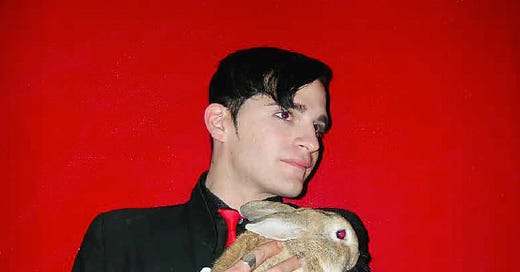




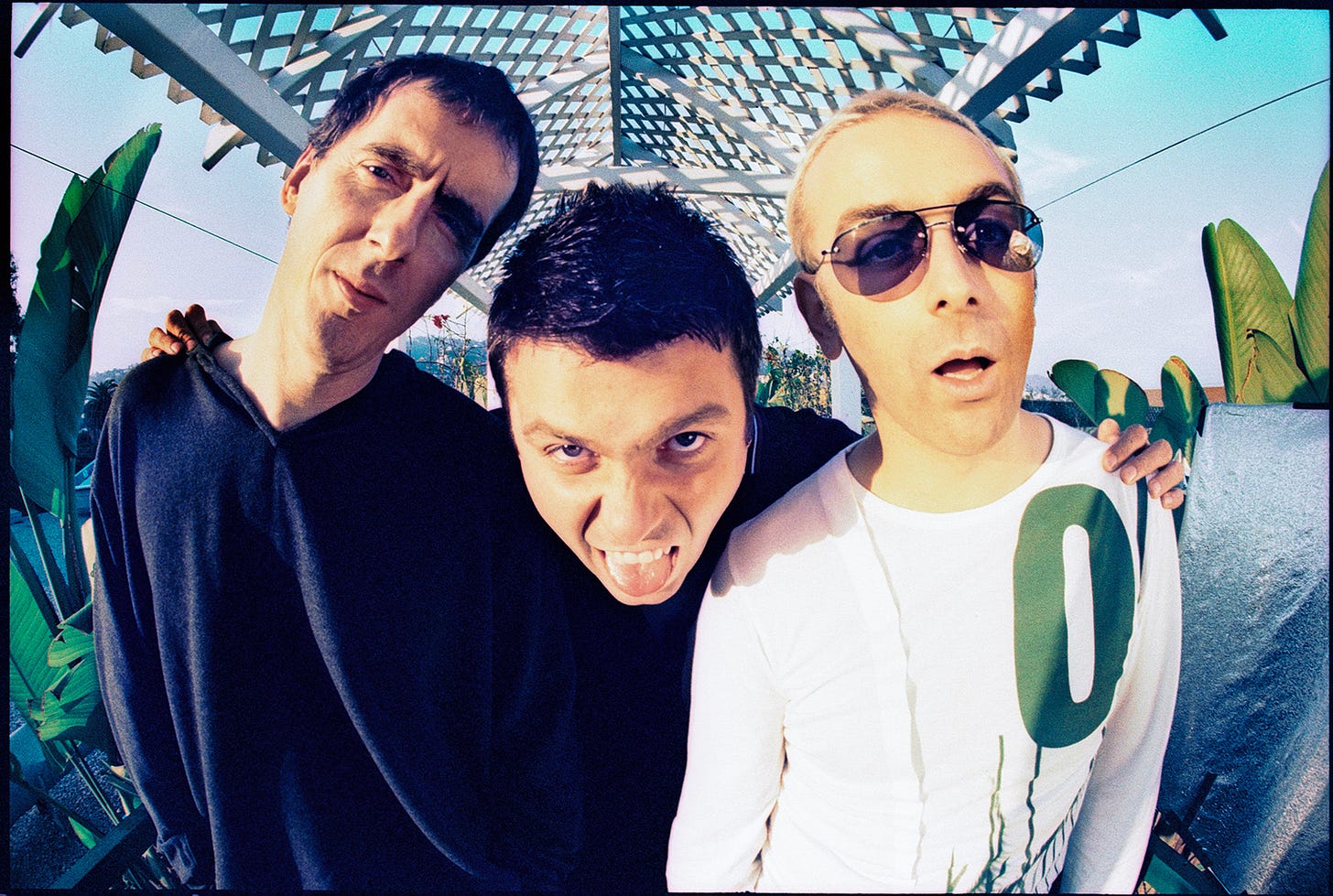

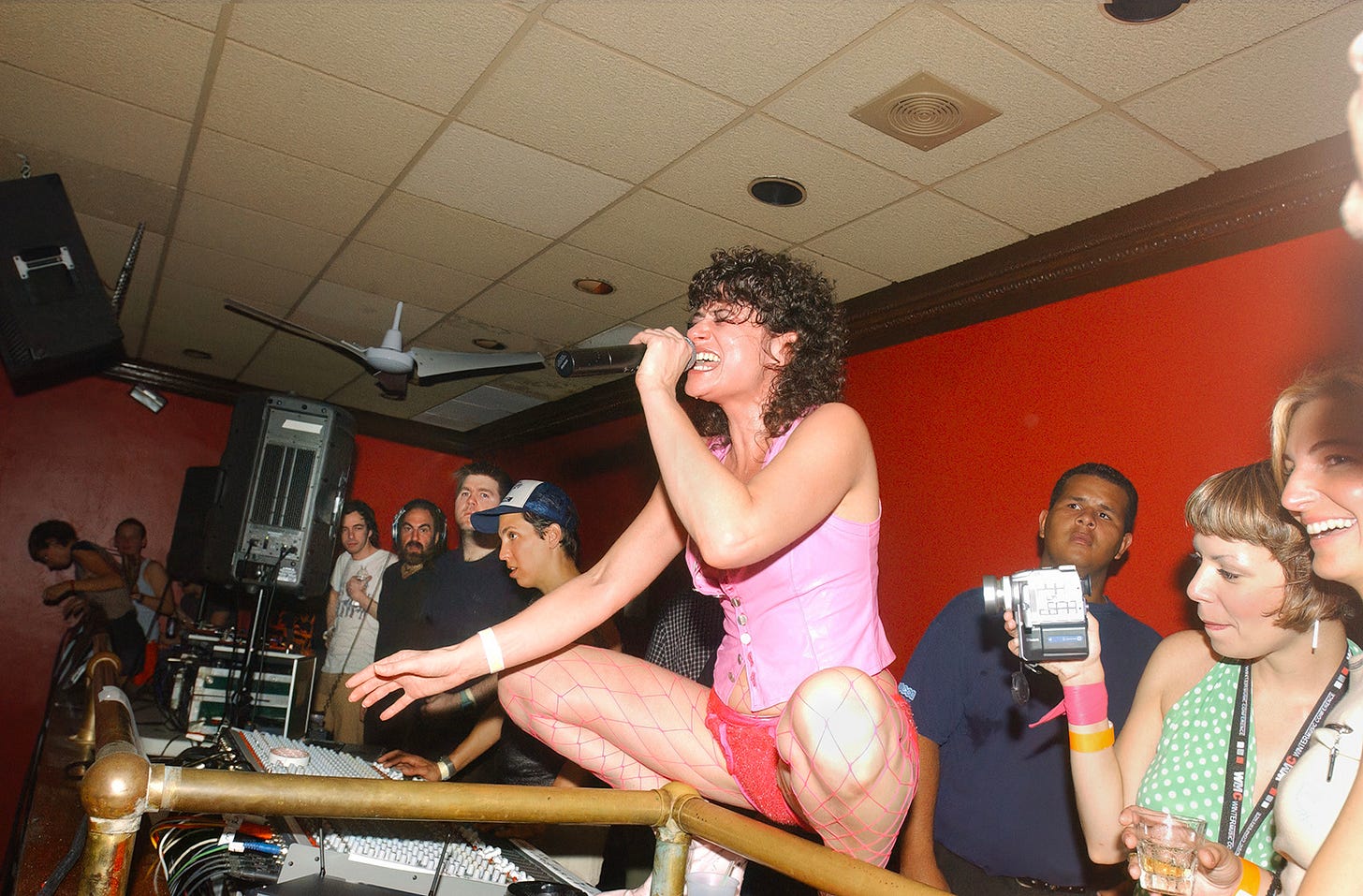

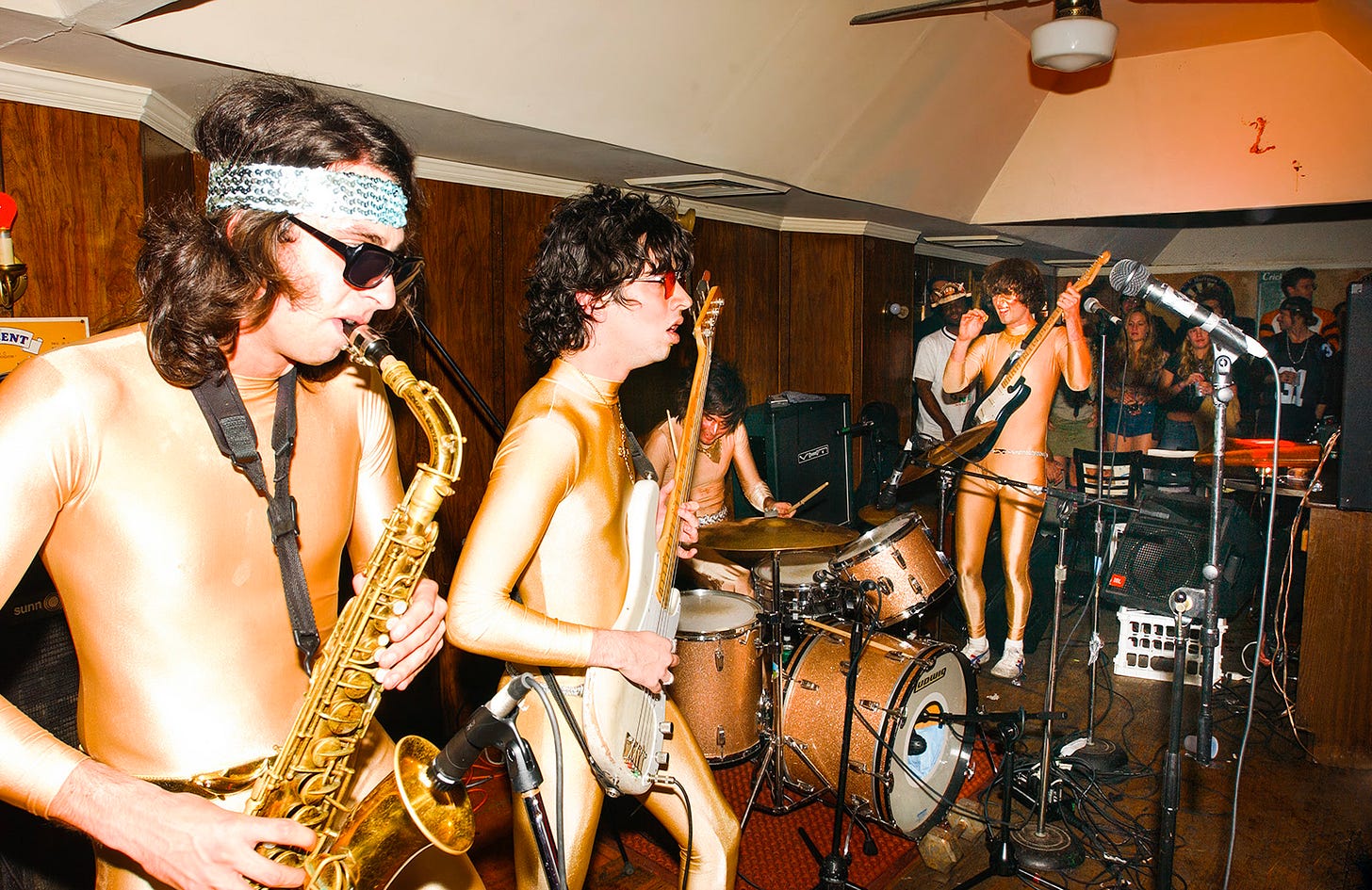

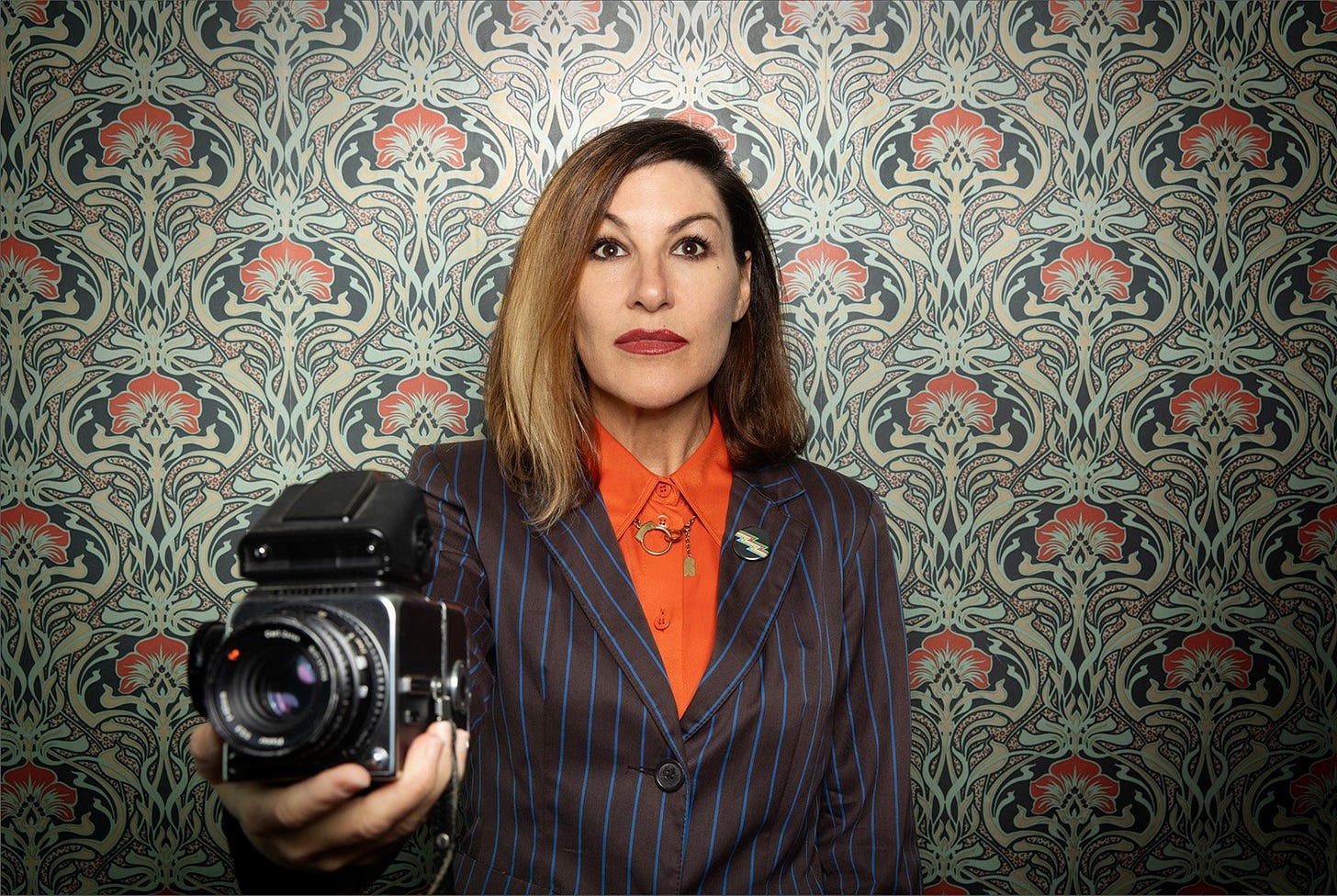


Fun read, and shout out to Piper! I snuck my Digital 8 Video Camera into the very first Coachella (99), and it was Piper, who i knew from the scene, that introduced me to the only other 2 guys Goldenvoice had hired to shoot the festival. That hook up led me to getting hired on officially to shoot the next 5 years of Coachella, so eternal big ups to Piper for that!
Great read Raymond. I would like to see more of her work.